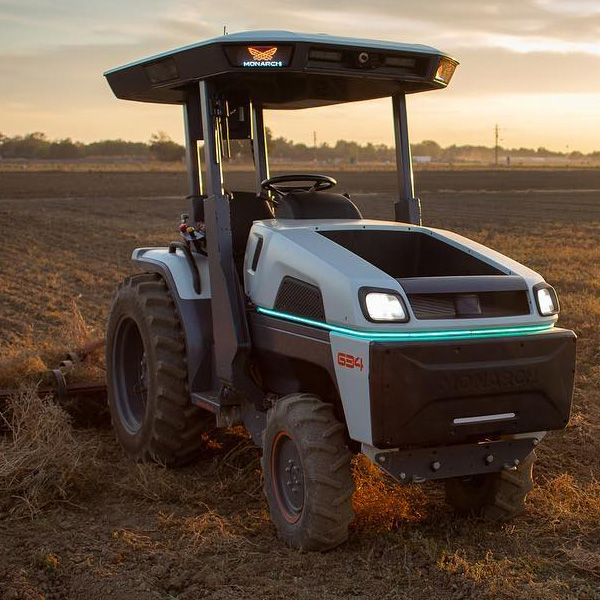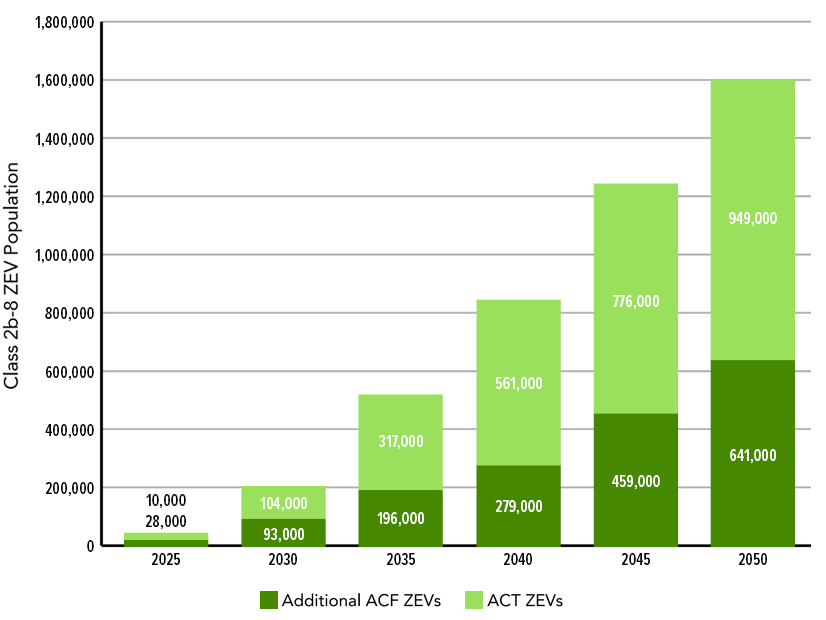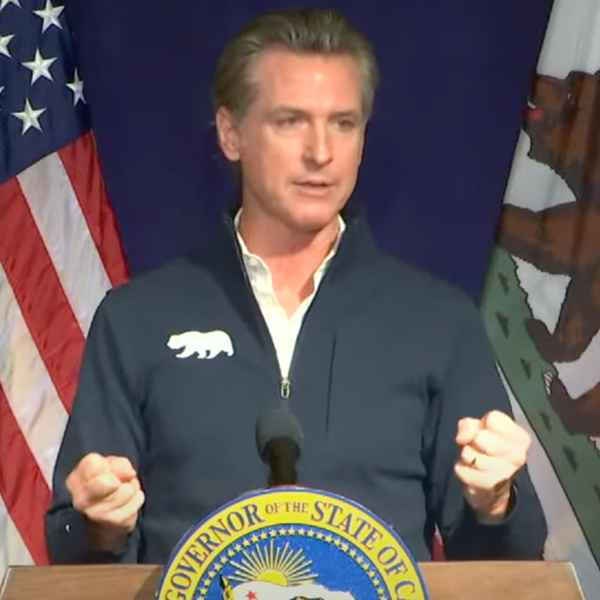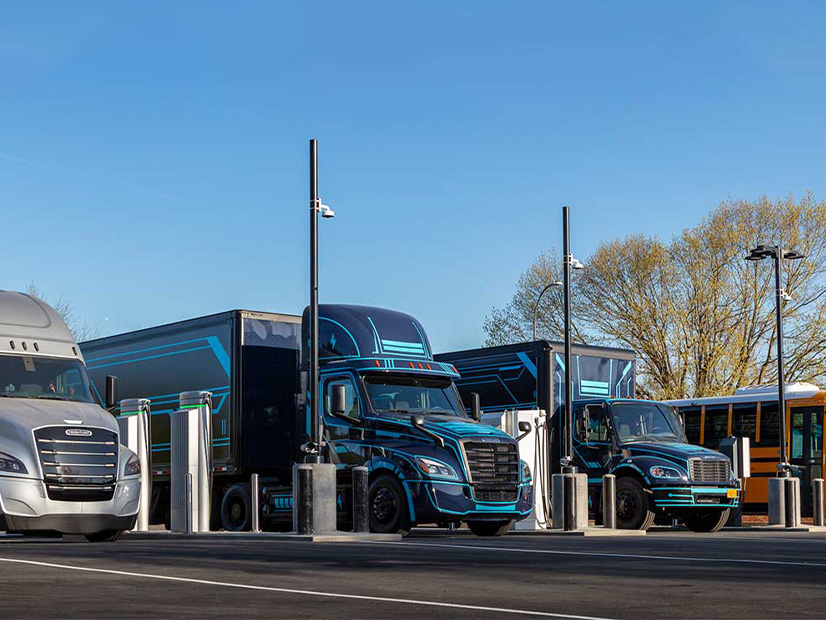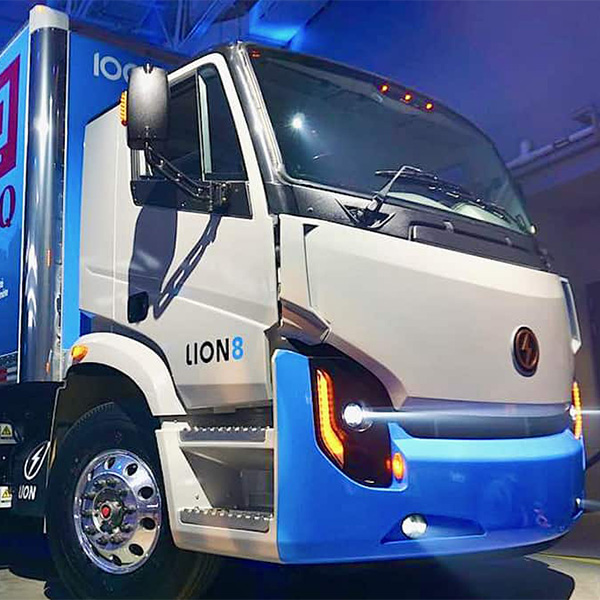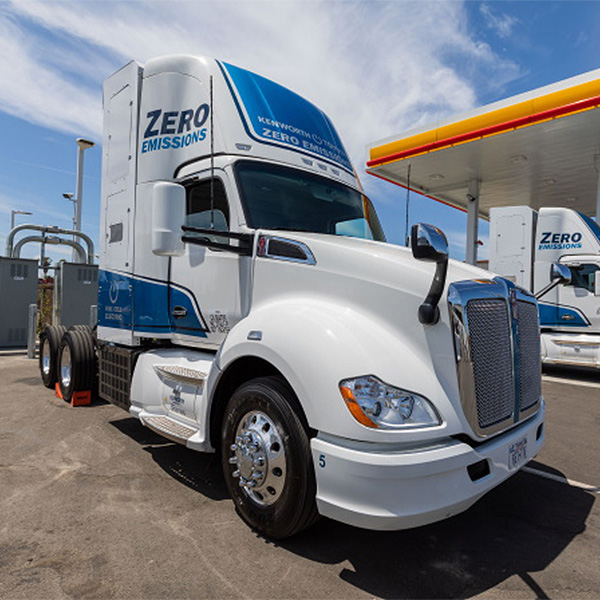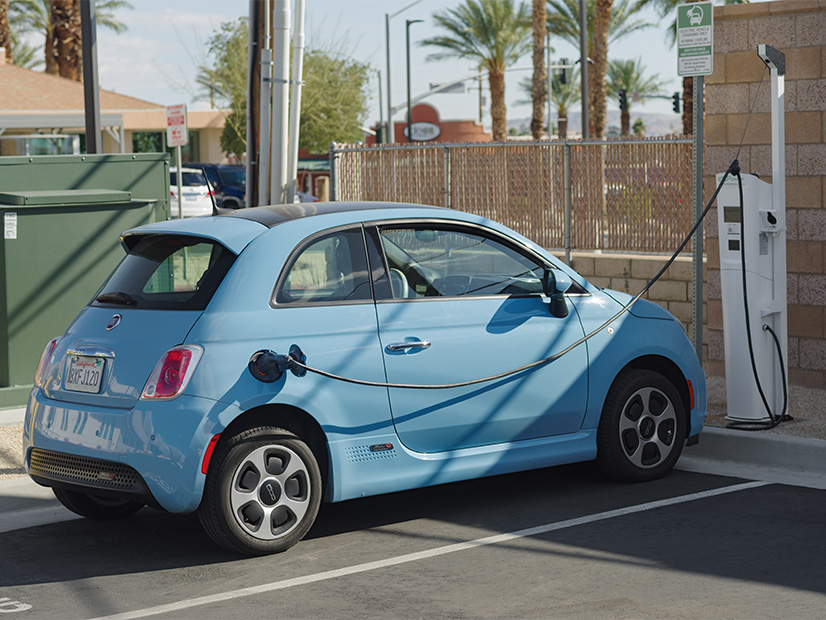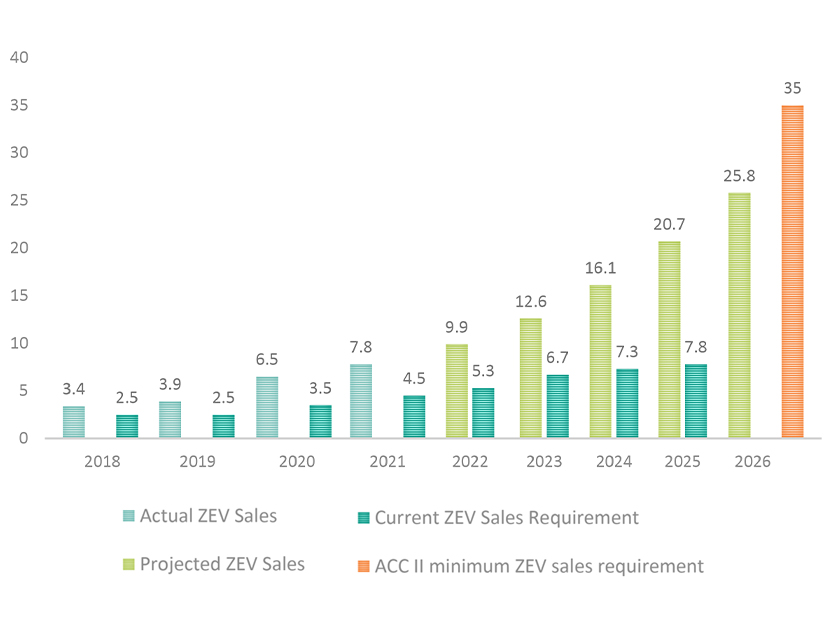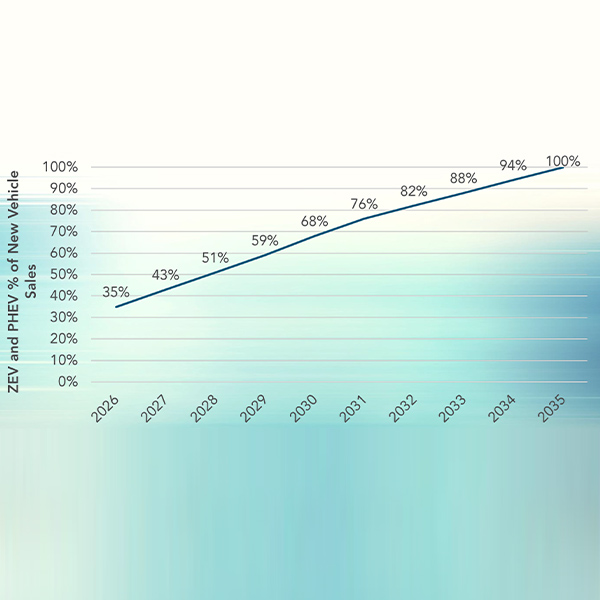zero-emission vehicles (ZEVs)
The California Energy Commission awarded large grants to boost in-state production of electric tractors, forklifts, batteries and charging stations.
As it moves to adopt a rule requiring truck fleets to transition to ZEVs, CARB considers situations where supporting infrastructure is unavailable.
Gov. Gavin Newsom's budget plan proposes cutting $6 billion in funding for clean energy and transportation programs because of a steep drop in revenue.
When it comes to zero-emission truck incentive programs, Oregon stakeholders want to see a program similar to California’s popular HVIP.
The California Energy Commission approved $2.9 billion in clean-transportation funding through 2026, primarily for charging light- medium- and heavy-duty EVs.
The California Public Utilities Commission OK'd $1 billion for electric-vehicle charging infrastructure, with 70% of it for medium- and heavy-duty vehicles.
A Nevada advisory panel is recommending the state adopt a mileage-based road usage charge for ZEVs to replace lost gas tax revenues.
With a provision for PHEVs, California’s Advanced Clean Cars II regulations won’t completely eliminate internal combustion engines in new vehicles.
Oregon regulators are racing to adopt by year-end a California rule requiring all new cars sold in the state to be zero-emission or plug-in hybrid by 2035.
CARB adopted regulations that will require all new cars sold in the state to be zero-emission or plug-in hybrid by 2035, a trailblazing move, the agency says.
Want more? Advanced Search
